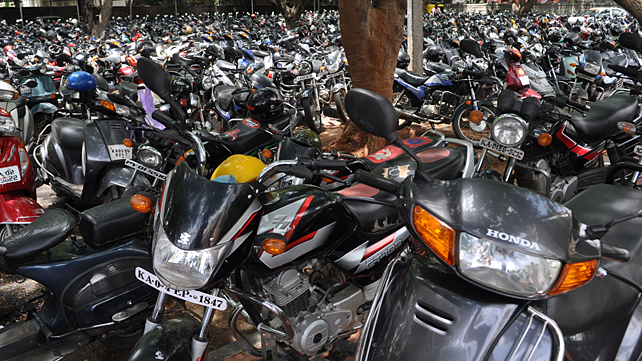
The 8% sequential increase in the domestic auto sales volumes (excluding CV) in September 2021 was driven by a modest demand recovery in 2Ws, aided by a decline in the daily COVID cases, the resumption of educational institutions and workplaces and continued consumer preference for personal mobility, according to India Ratings and Research (Ind-Ra).
However, the growth was constrained by supply chain issues, especially the shortage of semiconductor chips in the PVs and premium 2Ws segments. Furthermore, the overall sales and production volumes decreased 20% YoY and 19% YoY, respectively, in September 2021.
PV sales dropped YoY and sequentially at 41% and 31%, respectively, in September 2021. Domestic PV demand continued its shift towards utility vehicles (UVs) while OEMs prioritised the production of UVs over other types.
As such, the decline in UV sales at 9% YoY was lower than the overall PV segment. For Q2FY22, PV sales were only marginally higher at 2% YoY.
Ind-Ra has published the September 2021 edition of its credit news digest on India’s auto sector. The report highlights the trends in the sub-segments of the auto sector, including passenger vehicles (PVs), commercial vehicles (CVs) and two/three-wheelers (2W/3Ws), with a focus on sales volumes growth, market share movement, change in commodity prices and recent rating actions.
While there was a sequential recovery at 15%, MoM, in 2Ws sales in September 2021, there was a 17% YoY decline. The recovery in 2Ws remained constrained by the increased cost of ownership on account of price hikes by OEMs and increasing fuel prices in India, combined with reduced disposable income of the buyers of entry-level segment post the second covid wave. As a result, in Q2FY22, 2W sales were still lower by 12% YoY.
Read Also: Auto Retail Sales Down By 5% At 12,96,257 Units: FADA
The growth trend in exports volumes subsided in September 2021 (up 7.5% YoY, August 2021: 38% YoY) due to supply-side issues and a higher base in September 2020.
Electric 2W sales volumes were above 1,000 units for continuous four months (September 2021: 1,408, August 2021: 1,013, July 2021: 1,270, June 2021: 1,091).
Ind-Ra believes that consumer preference towards electric 2Ws will improve in the near to medium term, aided by the subsidy offered by the government and increasing fuel charges.
CV sales improved substantially in H1FY22 by 65% YoY and was up 25% YoY in Q2FY22, mainly due to a lower base. The agency believes that the demand recovery in CVs will continue in line with the recovery in the overall economy, improving fleet utilisation levels and a higher number of road construction projects.
In H1FY22, the overall industry production volume and domestic sales increased by 35% and 17% YoY, respectively. In Q2FY22, it declined by 9% and 3% YoY in the same order. Exports almost doubled in H1FY22 and remained stable in Q2FY22 on a YoY basis.
Retail sales were higher across segments on a YoY basis in September 2021. PV, CV and 3W volumes increased by 16%, 47% and 51%, respectively, while 2W volumes decreased by 12%. As a result, inventory at the dealership levels for PVs declined to 15-20 days in September 2021 (August 2021: 25-30 days).
Ind-Ra believes the decline was mainly due to the curtailed production on account of the semiconductor chip shortage. Inventory at 2W dealerships increased to 30-35 days in September 2021 (August 2021: 20-25 days) because of inventory built up for the festive season ahead.
In line with Ind-Ra’s expectations, the sequential growth continued for the industry in September 2021, moderated by supply-side challenges in the PV segment.
Ind-Ra expects the semiconductor crisis to further impact PV production volumes in October 2021; however, the impact on the sales volume will be partly offset by the festive season and accumulated inventory.
The 2W volumes may remain tepid in October, although a sequential recovery is expected to continue, aided by the festive season and demand from educational institutes and offices' reopening.